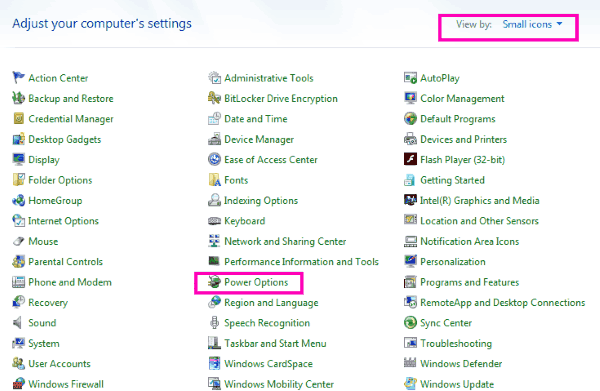
#LENOVO YOGA 2 DRIVER POWER STATE FAILURE WINDOWS 10 KEYGEN#

Which makes the brightness editable by any user. # chmod a+rw /sys/class/backlight/intel_backlight/brightness It is possible that you will get a permission denied error, in which case you can run # echo $VAL > /sys/class/backlight/intel_backlight/brightness Screen backlight brightness can be manually set with "old" (ref needed) kernels require boot argument With newer kernels (I am currently using 3.17.6-1-ARCH) backlight works out-of-the-box. Of course, the echo statement is optional and for debug purposes. Synclient TouchpadOff=0 2>/dev/tty5 & echo "lid open, eênabling touchpad" >/dev/tty5 Synclient TouchpadOff=1 2>/dev/tty5 & echo "lid closed, disabling touchpad" >/dev/tty5 If grep closed /proc/acpi/button/lid/LID0/state If you like your computer to keep running when the lid is closed, you may want to disable the touchpad with ACPI events: The touchpad sends random input from time to time, especially when lid is closed. I modified /etc/acpi/default.sh to allow for some debugging and additional features (see below): You should be able to fix the problem reloading the usbhid and usbtouchscreen kernel modules: Sometimes touchscreen stops working after resuming from suspension mode. Touchscreen stops working after suspension The haptic feedback (vibration) when touching this button is currently not controllable via software. However, key_down and key_up are generated simultaneously on touch release. The touchscreen button with a Windows logo is mapped as Super. Tip: If you use Gnome Shell you should start touchegg before it, in order to avoid conflicts. To access boot menu or BIOS settings, you must use the alternate power button, next to the standard one. I am yet to find a disadvantage to doing so. However, in the long term, you will probably want to blacklist the ideapad_laptop driver so that neither of these occur in the first place. You can silence these in the short run by running:Īnd you can unblock the wireless card by running: Namely, it blocks the network card and generates a massive stream of warning from the USB subsystem such as:ĭec 5 08:40:44 localhost kernel: xhci_hcd 0000:00:14.0: ep 0x81 - asked for 15360 bytes, 15117 bytes untransferred

Several problems come up if the ideapad_laptop module is in use. Note: This should not be needed as of kernel 4.3 This line should probably be removed after installation. As a result brightness adjustment and xrandr will not work. "nomodeset i915.modeset=0 nouveau.modeset=0").īe aware, adding nomodeset prevents the kernel from identifying the monitor.

For Nvidia Optimus dual-graphics system, you need to add all the three kernel parameters (i.e. For Intel graphics card you need to add i915.modeset=0 and for Nvidia graphics card you need to add nouveau.modeset=0. Hit Tab in the arch linux boot menu and append the option nomodeset along with nomodeset kernel parameter. To make the font more readable, before you hit install, disable mode settings. Installing Arch on the HiDPI screen may be difficult as the text will be hard to read. 4.3 Touchscreen stops working after suspension.


 0 kommentar(er)
0 kommentar(er)
